Tobacco
Dentistry Health Care That Works: Tobacco
The American Dental Association has long been a leader in the battle against tobacco-related disease, working to educate the public about the dangers inherent in tobacco use and encouraging dentists to help their patients break the cycle of addiction. The Association has continually strengthened and updated its tobacco policies as new scientific information has become available.
Frequently Asked Questions: Tobacco Products
What effects can smoking have on my oral health? Are cigars a safe alternative to cigarettes? Are smokeless tobacco products safe? The American Dental Association has some alarming news that you should know.
Smoking and Implants
Recent studies have shown that there is a direct link between oral tissue and bones loss and smoking.
Tooth loss and edentulism are more common in smokers than in non-smokers. In addition, people who smoke are more likely to develop severe periodontal disease.
The formation of deep mucosal pockets with inflammation of the peri-implant mucosa around dental implants is called peri-implantitis. Smokers treated with dental implants have a greater risk of developing peri-implantitis. This condition can lead to increased resorption of peri-implant bone. If left untreated, peri-implantitis can lead to implant failure. In a recent international study, smokers showed a higher score in bleeding index with greater peri-implant pocket depth and radiographically discernible bone resorption around the implant, particularly in the maxilla.
Many studies have shown that smoking can lead to higher rates of dental implant failure. In general, smoking cessation usually leads to improved periodontal health and a patient’s chance for successful implant acceptance.
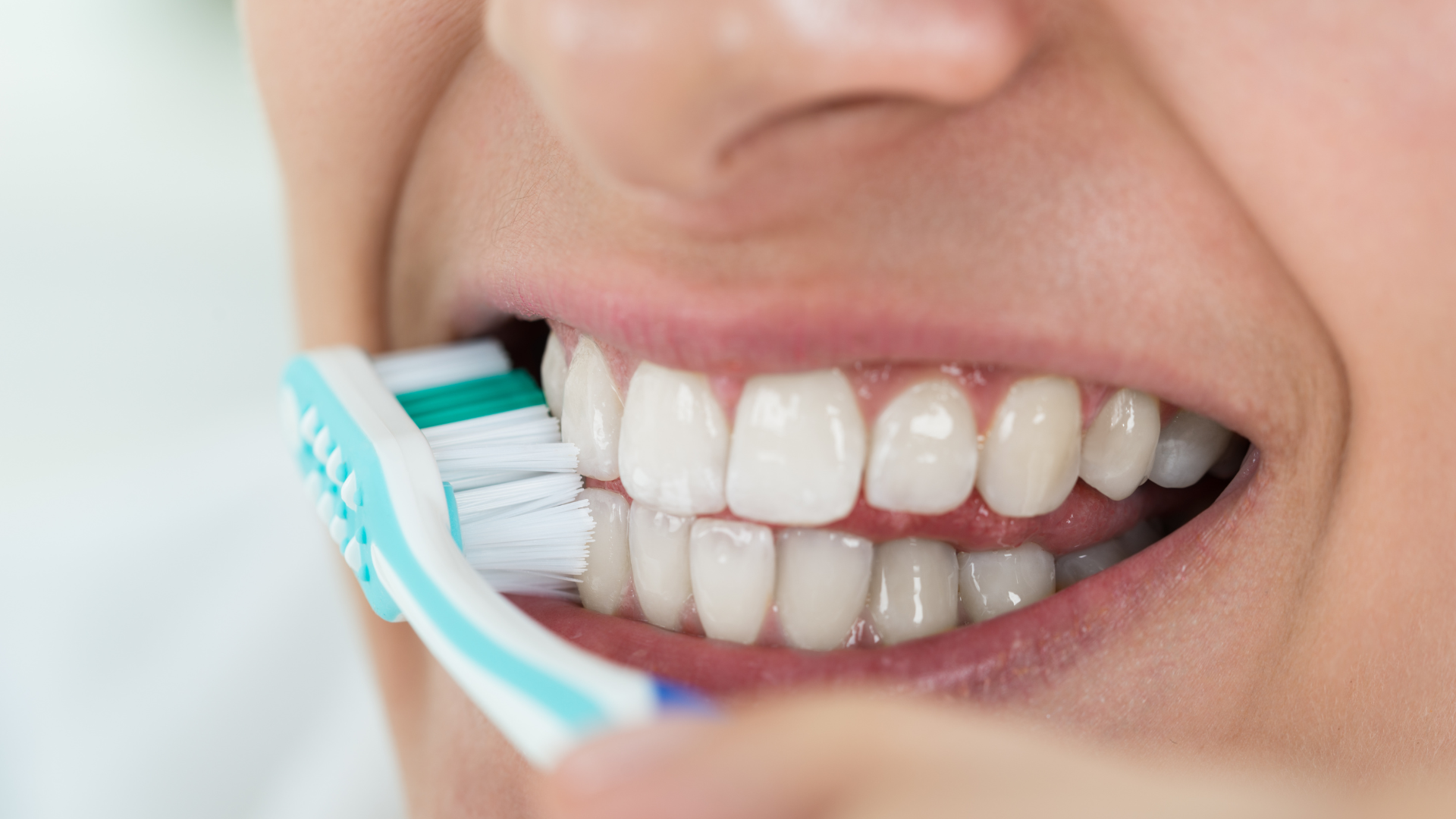
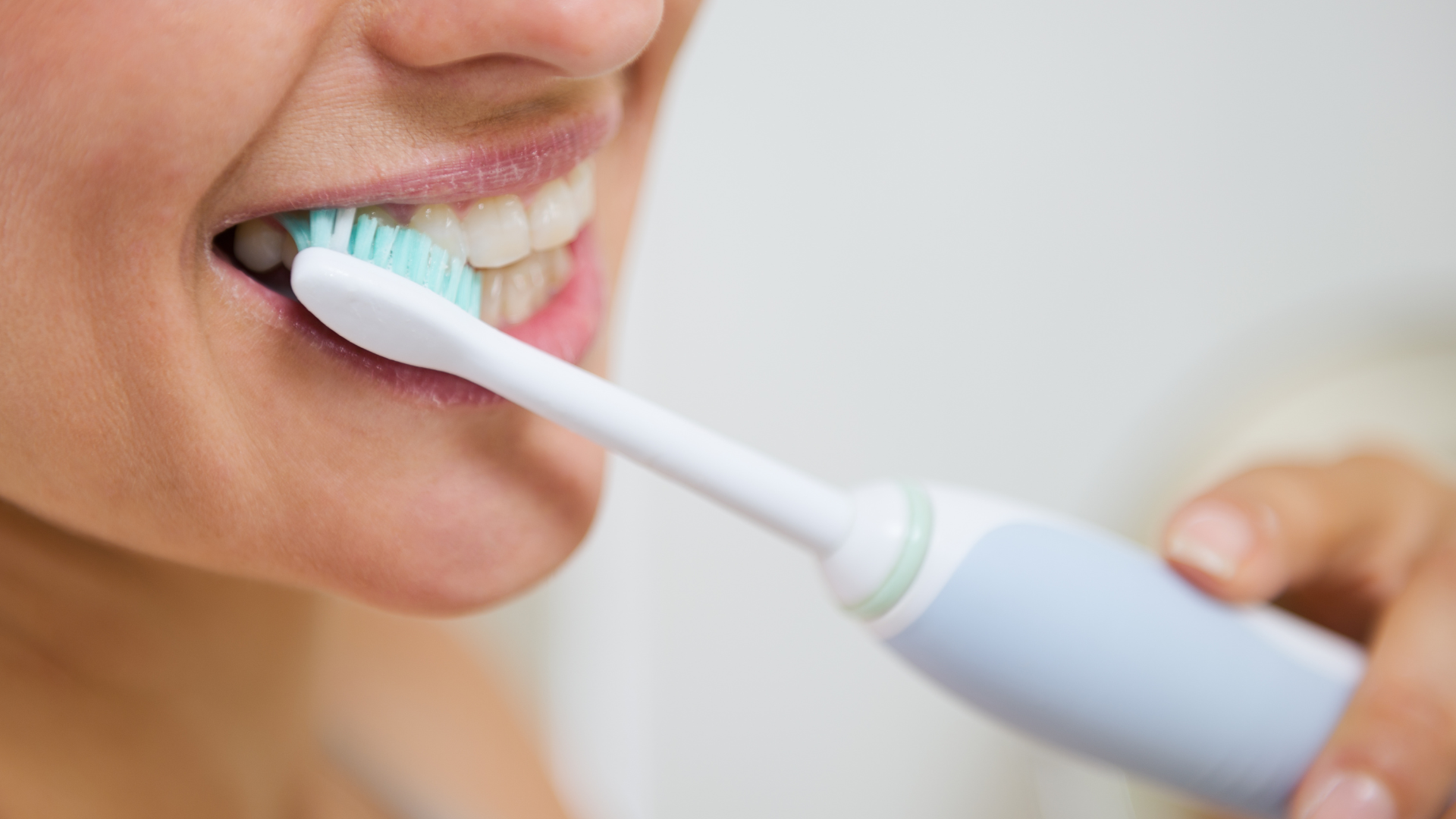
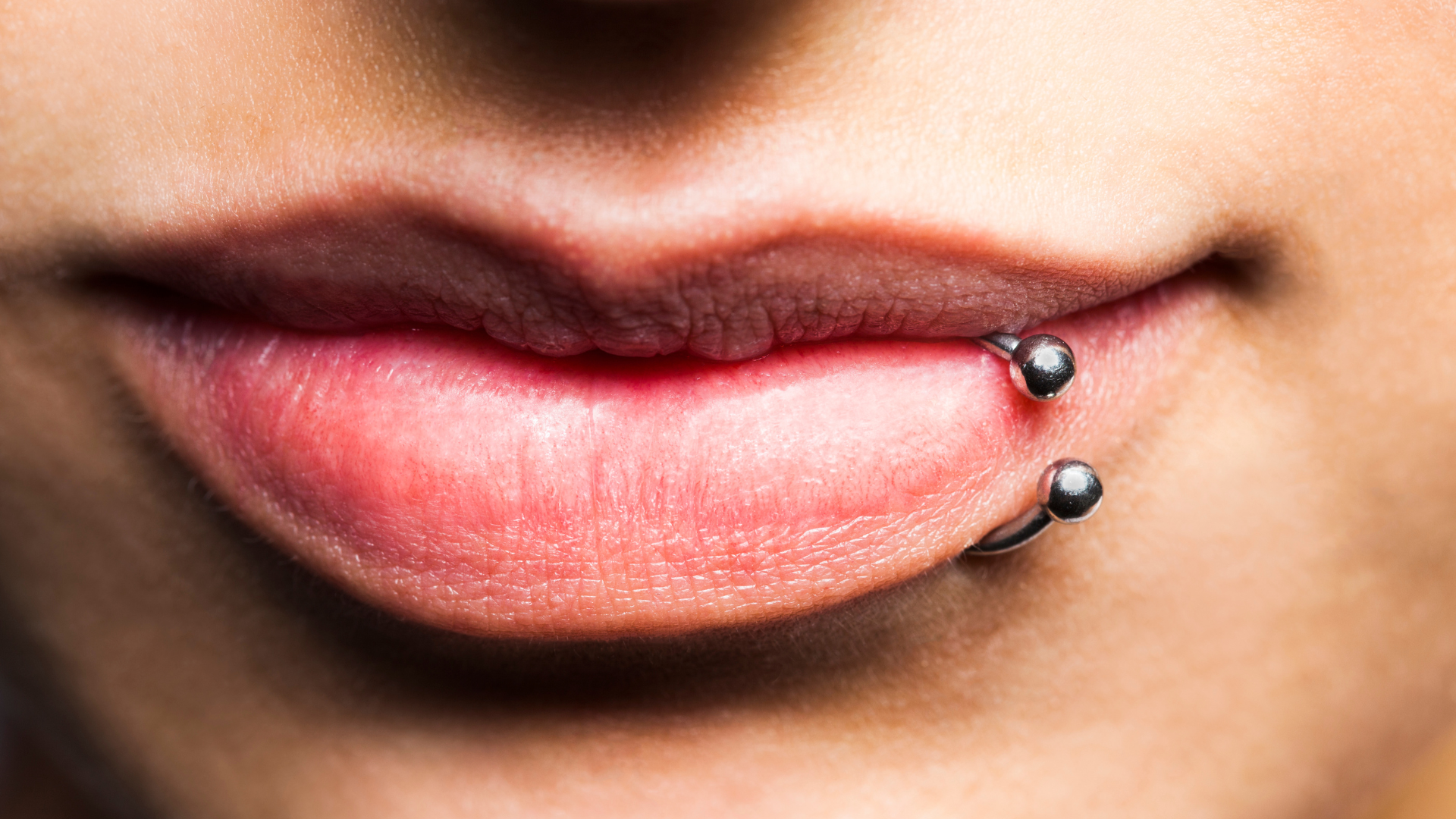
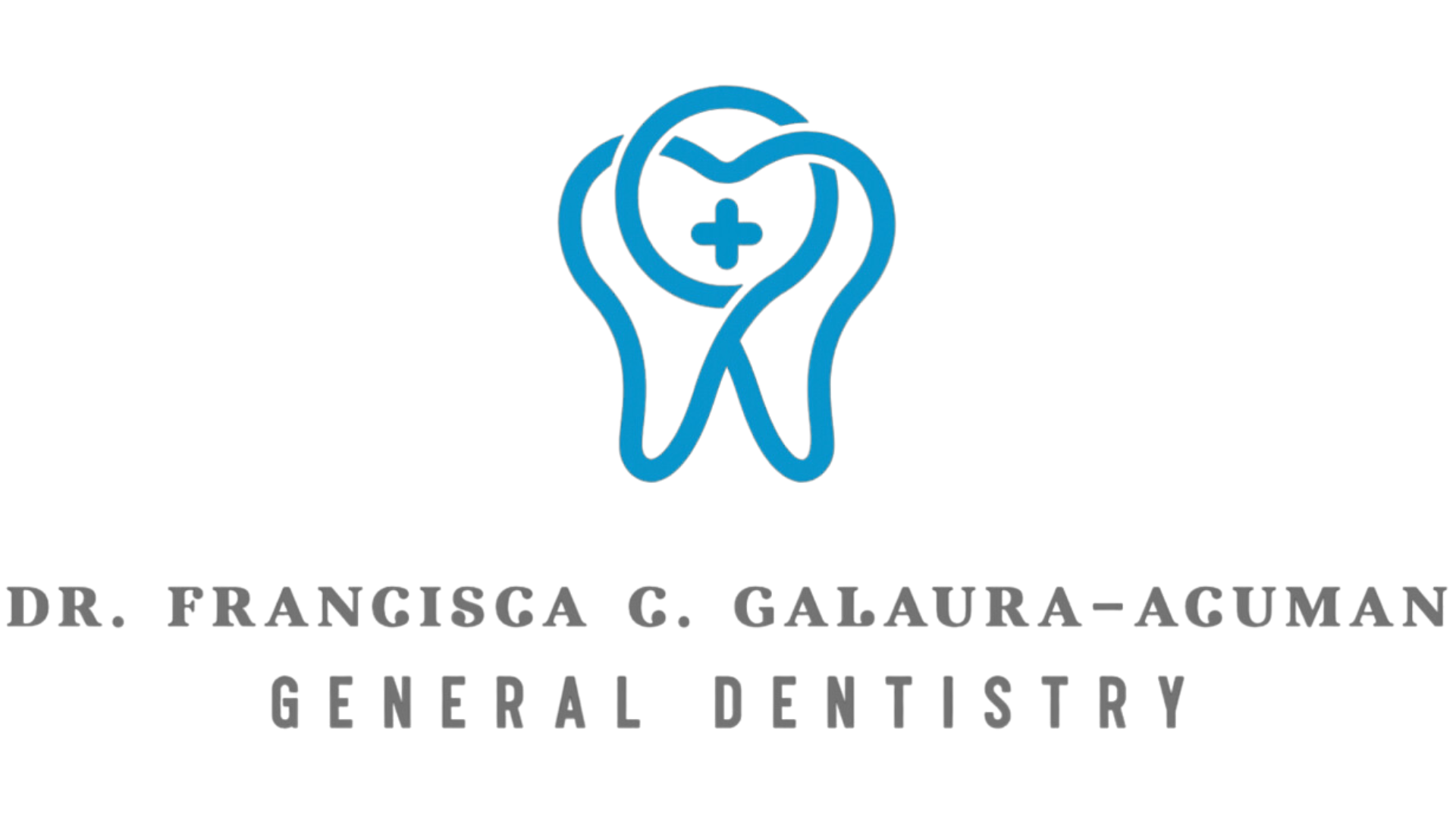
Office Hours
- Mon, Tue, Wed, Fri
- -
- Thursday
- Closed
- Sat - Sun
- Closed
All Rights Reserved | Dr. Francisca C. Galaura-Acuman, General Dentistry
